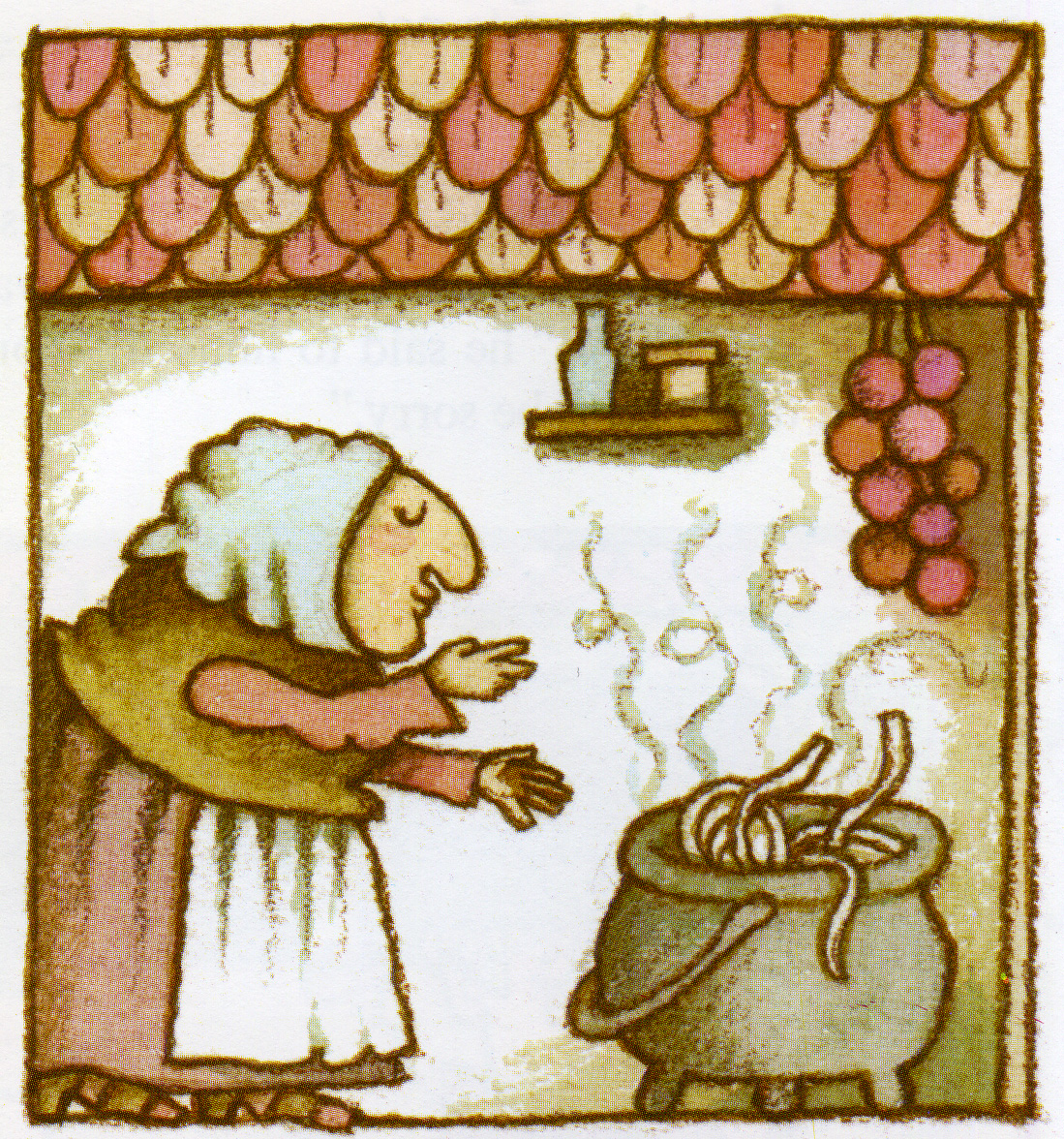9 min read
I talk to a lot of teams about content marketing, a great way to get quality organic traffic at higher volumes if you put in the work and do it right.
Most of these conversations tend to start with:
“So, we’re thinking of writing this blog post… should we write about X, Y or Z?”
Or,
“How can I hire someone to write more posts?”
These aren’t the wrong questions to be asking — if you’ve determined that content marketing is an important part of your growth marketing framework.
But, they make me a little sad.

The reason is because, to me (and to your future traffic) content is blog posts, but it isn’t JUST blog posts.
Content is holistic; it’s anything we can read, watch, see, or hear.
Content is holistic; it’s anything we can read, watch, see, or hear.
But content marketing is much more specific than that. Content marketing means that it’s easily quantifiable, measurable and repeatable.
In other words, it’s not billboards.
And it’s not just blog posts either (although those are great).
Today, I’ll be sharing 19 content marketing ideas — with live examples — that aren’t blogging.
If some of these are surprising or “don’t seem like content,” then I encourage you to think about all the ways content plays a role in your lead generation and nurture. It’s everywhere, if you only look.
Finally, I always like to remind myself that content marketing is always content PLUS distribution, so I’ll also look at distribution channels and potential for each idea.
I hope these will inspire you to create some of your own.
(There’s a summary of the full list at the end, in case you’re don’t want to read / don’t care about examples).
Offline experiences as content marketing
1. Conferences you organize
Not all conferences are content marketing. Some of them are just conferences, where the organizer is primarily in the business of producing and selling the event experience.
Others, like the following, are single-organizer, where the organizer is a vendor to the event audience it brings together.
Content marketing is content + distribution.
Events are GREAT content marketing because they are full of content that’s usually recorded in video, audio, text, and on social media.
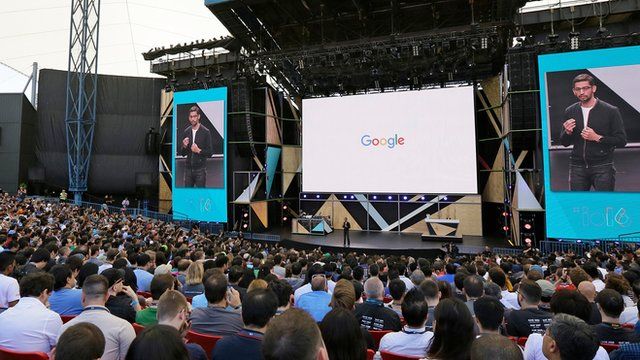
While they’re happening, they self-distribute through the “buzz” they create by leveraging attendees’ and speakers’ innate desire to simultaneously show off and feel like they’re part of something big.
After they’re over, you get a bunch of recorded content that can do your bidding across a number of different channels:
- YouTube
- Your own blog
- Other blogs
- Industry news outlets
- Not to mention, if your content is really good, shared across people’s social channels, Slacks, emails, etc.
2. Conferences you speak at
When you speak at a conference, you are actually content marketing yourself and your business — it’s not only brand marketing.

The reason why is because you get your own little slice of all of the above, only you don’t have to deal with any of the considerable operations or logistics.
In other words, you get to swoop in, create some stuff that someone ELSE is going to record and distribute for you, and let them stack all the chairs long after you’ve dropped the mic.
Conference speaking usually breeds more conference speaking, as long as you’re decent and have spent between 20 – 40+ hours preparing for your presentation.
How to be a good conference speaker is its own hairy blog post. I suggest you observe top-rated single-track speakers like:
- Rand Fishkin
- Ramit Sethi
- Oli Gardner (all content marketers, by the way)
- as well as famous things like the Apple Keynotes
Beautiful slide design and good acting are important flash, but don’t replace substance. It’s much easier to do public-speaking when you’re not bullshitting.
3. Meetups and parties
If you’re not a big SaaS vendor ready to throw a resource-intensive conference, you can scale it down and create a meetup (with or without speaking) or just a party.
“Don’t be invited, be the organizer.” –Dave McClure
“Don’t be invited, be the organizer,” Dave once said to a group of aspiring angel investors about how they could start creating dealflow (aka, traffic) for themselves.
When I was at Inside Network, a startup that sold data and content to Facebook Platform developers back when that was still a thing, we organized a party in conjunction with f8 (Facebook Developers’ Conference) that generated lines around the block and a LOT of inbound for the core business. The main “content” we created was in the curation of the invite list, and it self-distributed because it piggy-backed off of the brand marketing, audience, and location of f8.
Audio and Video Content Marketing
4. Podcasts
It seems like more and more people are doing their own podcast, and that’s because it’s still relatively “green pasture.”
Multimedia content reaches people in different contexts, through different sense doorways, that reading just can’t touch.
Podcasts become our accompaniment to commuting, manual work, or travel. You are literally speaking into your captive audience’s ear.
Sheel Mohnot and Josh Muccio have hit over 20,000 downloads per weekly episode within a year of launching The Pitch podcast (a podcast about investing).
Downloads are a vanity metric, though. What really matters is the high quality inbound they’ve generated: 2 investments, key hires for featured guests (and portfolio companies), and a sponsorship pipeline with a waiting list.
Podcasts, like all other types of content marketing, won’t perform for you if you don’t have a goal. If your implicit goal is just to make yourself feel cool because you created some owned media, then that will be the sum outcome. If your goal is to get leads or engagement at a specific part of your funnel, then you will need to build the other pieces of that funnel to make sure you’re getting directional growth.
5. “TV shows” or video series
Ipsy is a $500 million dollar company that has built its growth strategy on what are essentially reality TV shows on YouTube.
Have you ever watched one of the many, many beauty videos on YouTube? They don’t seem like a big deal, until you watch one or two and get completely sucked in.

This is because these are real people, talking about and demonstrating accessible products. These are TV shows because they follow the same character through the varying seasons of their lives.
They are content because they are mostly brand-agnostic storytelling, but they are also marketing because they’re backed by YouTube’s distribution firepower and because every three to four episodes there’s a clear Ipsy call to action.
To learn more about the Ipsy process, read this Forbes piece or go check out their YouTube channel.
6. Non-serial videos
Commercials and content are blending the line more and more.
SK-II is a premium beauty line that’s top in Asia, and one of its parent company’s (Proctor & Gamble) billion dollar brands.
Their “Change Destiny” series, distributed primarily on YouTube, is as much story it is commercial advertisement.

But the main factor at work here isn’t the “Mad Men” style storytelling. It’s the organization of the funnel around each video, which leads to a microsite with more content as well as conversion opportunities.
Can videos work for non ecommerce, non beauty category? Adobe’s Marketing Cloud videos are an example of a content-advertisement hybrid for SaaS.
Print Content Marketing
This is one of my favorite categories of all time, and I’ll explain why.
Print has higher barrier to entry, thus relatively lower volume.
Also, sometimes you get to enjoy a captive audience, as in one of the examples below. (Airline magazines)
7. Your own guide
It started out as a way to sell more tires, by getting more people on the road, by giving them more reasons to take long road trips. Pretty indirect.
In 1900, when the Michelin Guide was created, there were only 2,500 drivers in all of France. If the company wanted to expand its tire and parts business, it would have to expand the market itself.
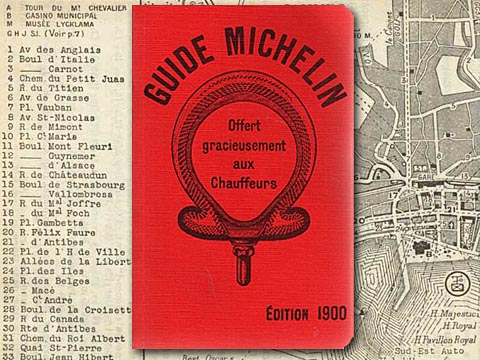
Like a true piece of content marketing, the original Guide was all about lateral experiences and stories, with about 10% of the content being sales material for tires.
Today it’s even less, and that’s why to me, the Michelin Guide is a piece of content marketing that has crossed the line over to brand marketing.
This is because of its vectors of influence, and its measurability. It hits less than half a million direct viewers in actual circulation (and shrinking), but its brand influence continues to grow as the brand continues to make or break restaurant businesses and expand into new countries.
Yet, it’s hard to measure exactly how that ripple effect sends business back to the core brand, which is important for no-brand or emerging content marketing in today’s extremely competitive landscape of peak content.
Like some of the big conferences mentioned earlier, the Michelin Guide is another example of content that has become its own product.

8. Your own magazine
Universities do it, airlines do it, hotels do it. This is a fit for “experience”-based businesses that want to diversify their acquisition and engagement channels, and speak to people in the nooks and crannies of their day or week where a blog post can’t reach. For example, on a long flight.
It’s measurable in terms of circulation and “traffic” footprint, and most of the content isn’t sales pages so much as demand-generating storytelling about cities and travel experiences.

The American Airlines magazine, American Way, reaches 193 million people per year, and United’s Hemisphere’s reaches 140 million.
As with conferences, this type of content marketing is also its own product, with its own production cycle, and its own separate monetization (advertisers for magazines, sponsors and ticket purchasers for conferences).
Most startups won’t be able to whip up a magazine and get David Carr as a contributor as quickly as doing some blogging, but there’s a cache to print and visuals that’s unique and defensible and possibly a good fit for product categories in lifestyle, ecomm, and experience-based businesses.
9. Your own book
I Will Teach You To Be Rich is a book that Ramit Sethi wrote about personal finance for young people that became a bestseller because he understood, and leveraged, the channels of distribution for published books.
When the book first reached bestseller status, a lot of people started asking Ramit when the next book was coming out. He would smile like the Mona Lisa and say nothing.
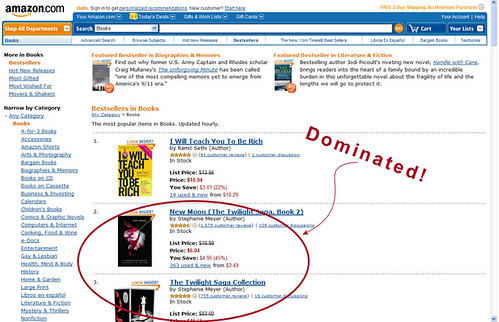
Most often, we think of a physical, published book as the end product. Instead, and if structured correctly as part of a much larger funnel of audience conversion, it’s a powerful instrument of content and brand marketing.
In Ramit’s case, the book was at the top of his funnel, not at its end.
It’s an influential “lead magnet” to familiarize them with the brand, build trust, and bring them to the site where Ramit markets relevant high-quality and proprietary learning products. Those products can transform a $7.51 book sale into an ARPU (average revenue per user) in the low thousands up to over ten thousand dollars (NOT including revenue from repeat purchases).
10. Your own column
The difference between having your own column in a relevant news outlet and simply being mentioned in that news outlet represents one of the fundamental differences between PR and content marketing:
When you write your own column, you are presenting your own thoughts in your own words, and if done right, positioning yourself as a thought leader and sending interested attention back to your own property.
Additionally, you have a chance to:
- Make it recur
- Organize it around one theme (to establish your thought leadership around that theme)
Guest posting is a good start, but it shouldn’t be the end. Instead, plan out what your series of thematically related content is going to be, and make it an ongoing column instead.
Here’s one example from Arteen Arabshahi, an investor from Los Angeles whose recurring content is helping him to rank for the keywords [ Los Angeles tech startups investors ].
https://techcrunch.com/2016/02/13/how-to-expand-your-marketplace-to-la/
https://techcrunch.com/2015/10/10/what-los-angeles-is-missing/
Educational Format Content Marketing
11. Teach your own class
Educational institutions benefit when practitioners with experience in the real world come into the classroom to teach others, not from theory but from their own direct experiences.
The practitioners, of course, benefit because it’s an effective piece of brand and content marketing.
There are two really good examples of this that I can think of off the top of my head.
First, is 500’s course on angel investing with Stanford Center for Professional Development. It’s a 2-week course and is most definitely its own product (with its own marketing, its own development budget, etc).

Yet, it’s also content marketing for 500 Startups fundraising.
It generates a lot of content (two weeks’ worth of recorded experience, plus a reverb effect of blog posts and articles), builds the brand, and creates more investors who may one day invest with 500.
Another example are Steve Blank’s entrepreneurship courses, which he taught at Stanford, Berkeley and Columbia, as well through Udacity and elsewhere online.
Stanford also put together one-off classes by Michael Moritz of Sequoia Capital, Brit Morin of Brit + Co, and Dharmesh Shah of Hubspot — all of which were captured as recordings and continue to live on (and drive brand awareness and traffic) back to their creators.
For content marketing, an offline course functions like a conference. Both are places to establish thought leadership, “get mileage” (aka record and redistribute in different formats) and measure results.
You can find more examples of education-as-content-marketing at Coursera, Udemy and CreativeLive.
12. Webinars
Webinars are a great way to convert people, especially for higher commitment products (where commitment is measured in price or involvement). This is because webinars build trust by leveraging content you create — either live on the fly or beforehand.
My Content Marketing for Startups webinar is a prerecorded video I made with Camtasia. It currently has 20,240 views, and helps 500’s channel and other video content rank for keywords like [ startup growth marketing content ].

Rand Fishkin’s Whiteboard Fridays are a weekly webinar-style video shared as a blog post. In Whiteboard Fridays, Rand explains one SEO topic in detail.
Because it’s Rand Fishkin and they’re Moz, they do a fantastic job building out the full content funnel — the video is transcribed for search engines (and normal human readers), and they even come with their own shareable custom infographics and images.
You can use webinars for:
- Saas / b2b
- Demos
- How-tos
- Q&A (ie, answering sales objections)
- Doing live analysis or teardowns
- Promoting special launches and events.
13. Roll out your own full online course
Steve Chou at My Wife Quit Her Job uses his 6-part email course not only as a lead magnet to boost email collection, but also as a conversion tool once you’re in email funnel.
When I was at AppSumo, we launched a comprehensive course called the AppSumo Marketing Plan, teaching the quant-based marketing methods Noah used for the Mint launch, as a product and as marketing for the brand and for other products.
CopyBlogger has repurposed much of their content into online courses around their main keyword areas: content, traffic, design, and conversion. Here’s an example of a landing page. Sign up for their free course and study how they’ve structured the funnel.
Educating people is a powerful way to persuade them, because you get to demonstrate value and authority and build trust before you go for a conversion. And it doesn’t have to be fancy or complicated.
Case in point: a lot of the courses on Udemy, paid and free, are essentially content marketing for their creators. There’s even a Udemy course on creating Udemy courses.
14. Education center
Because Schwab is primarily an investment bank, a lot of their business is in managing trades. This can be confusing for consumers, and that confusion is an enemy to engagement and upsells.
They use content marketing to engage existing brokerage customers and turn them into higher value customers who invest more and trade more — by creating a full-blown Education Center with how to videos and articles, news analysis, and data tools.

Schwab also offers live workshops, another format for content aimed at increasing customer LTV.
Downloadables as Content Marketing
15. Ebook
It was an ebook that brought in a 5-figure lead for Worthix, a Batch 16 company. Ebooks continue to work for Hubspot (who have so many that they’ve created a library) even though they already have my email, as they move me further and further along their lead qualification funnel.
Ebooks have higher perceived value, and can be distributed on Amazon.
It’s not trivial to create a high quality ebook — between content, design and distribution — but it’s doable, and serves as a more evergreen reference point for your brand and authority.
It’s also a better lead magnet. You can always put an email collector on a blog post, but I can always ignore it.
If your ebook is gated by an email collector, and I really want that ebook, then not only do you incentivize the email capture (now I have an actual reason to enter it), but you also qualify me as a lead. Now you know this email belongs to someone who really wants this info.
Finally, because an ebook is usually longer form than a blog post and often presents data or some original findings, it can generate a ripple effect of press attention and additional content.
16. Downloadable PDF with higher perceived value plus you get an email capture
This is similar to an ebook but it’s shorter. It will still trigger a higher perceived value than a blog post, and will still incentivize email entry.
In B2B, downloadable PDFs can be especially useful because they lend themselves well to data presentation, branded design, and B2B customer norms.
PDFs can also be important for lead nurture after you get the email:
Dell created a PDF-driven nurture program aimed at addressing customer objections and dropoffs that resulted in a 35% higher average order value and 300% more engagement with nurture emails.
17. Downloadable spreadsheet as an engagement device
Spreadsheets are attractive because they are pure utility. Who doesn’t want something that promises them a shortcut?
A classic example of a spreadsheet-as-content-marketing is Noah Kagan’s Quant Based Marketing spreadsheet that he used to model out the Mint launch tactics. The spreadsheet has earned Noah thousands of new and high quality email signups to a list where he sometimes (gently) promotes other relevant and premium AppSumo / SumoMe products and experiences.
Image-based
18. Instagram
Does Instagram count as content marketing, or is it social media? Does it matter?
I’m not going to get into the ins and outs of Instagram here as there are whole businesses built around that. If you want to learn Instagram marketing, I recommend you check out Foundr Magazine’s Instagram guide (they also use PDFs, ebooks, and webinars in their content marketing to you…:).
I will say that Instagram is the most “content marketing” of any social media type, and is just as much content as it is social.
Your IG account won’t be successful without careful curation and creation of original content, and like other content marketing, isn’t a direct sales channel for your stuff. It is top of funnel lead gen, brand building, and engagement marketing to existing audiences.
Examples:


19. Infographics
Infographics say it all with one image, literally.
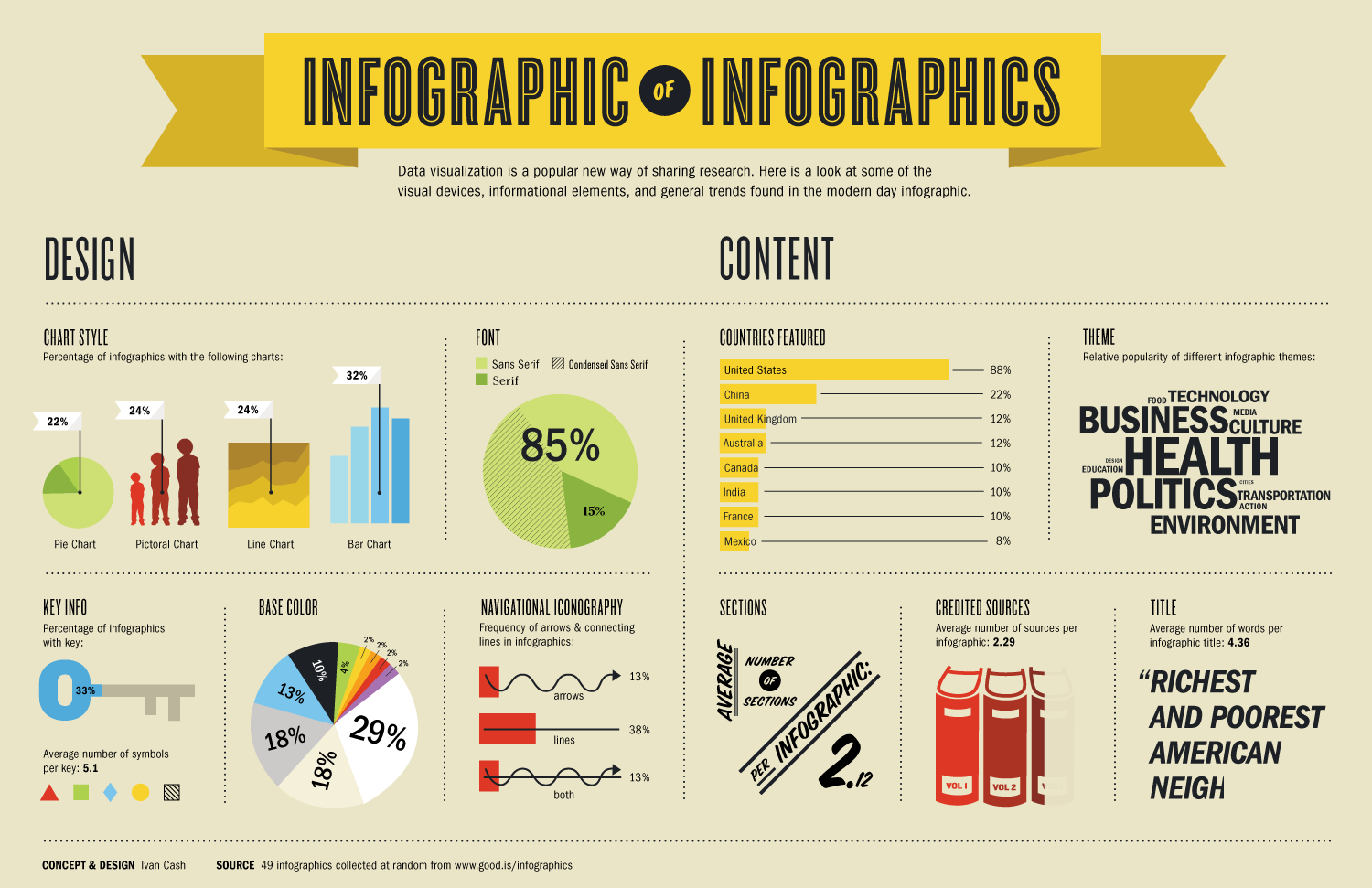
Neil Patel presents a solid summary of the method and components of a great infographic including how to pick a topic based on keyword rank and shareability, how to find the data (since infographics are usually a visual presentation of data), and how to use Dribbble to find a professional designer.
If you’re serious about it, read the above. I’ll just summarize by saying, infographics can be an effective form of content marketing that can diversify you away from text-only, and they have their pros and cons.
Pros: they addictive to look at, shareable across social channels, and can “go viral”
Cons: they are hard to make and require real design work to be effective. You can try a service like Piktochart to make your own, but it’s much better with a real designer.
Bonus: Quora, forums and public Slack groups
Forums and Slack groups are where content and community blend together. Forums are extremely unsexy, and yet they still answer a lot of people’s intent-based queries — and, as long as they’re public, they are highly indexable.
Conclusion
The key to success for any type of content marketing is not to spam.
It’s marketing, and it’s also a product. Create it painstakingly like a product the world will see (because that’s what it is), and then spend the next long while proudly distributing it.
It took me at least 30 hours to research and create this post, and I am a fast writer. If you aren’t, or don’t like writing, or don’t have 30 hours to spend on this, then consider some of the options I’ve listed:
- Conferences you organize
- Conferences you speak at
- Meetups and parties
- Podcasts
- TV shows
- Non serial videos
- Your own guide
- Your own magazine
- Your own book
- Your own column
- Teach your own class
- Webinars
- Your own online course
- Education Center
- Ebook
- Downloadable PDF
- Downloadable spreadsheet
- Infographics
Content comes in all forms, distributes on all sorts of channels, and, once created, has the potential to become your own personal magic pasta pot for traffic and conversions.
